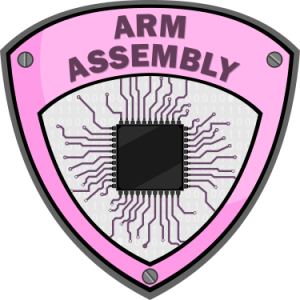
In this course, we will understand the basics of Windows processes, virtual memory and different techniques to enumerate processes. Then we will look at the fundamentals of process injection and try out techniques like remote Thread Injection, APC, Thread Hijacking and Process Hollowing.
This course is very practical with code examples to illustrate each technique!





 Many organizations deploy private registry servers in their internal/external application development/deployment environment. Unfortunately, most often, these servers are not securely deployed. In this entirely lab based course, we will look at various configurational vulnerabilities in docker registry servers. In these labs we have used common deployment architectures of a registry server and shown how an attacker can get valuable information out of images stored on the server.
Many organizations deploy private registry servers in their internal/external application development/deployment environment. Unfortunately, most often, these servers are not securely deployed. In this entirely lab based course, we will look at various configurational vulnerabilities in docker registry servers. In these labs we have used common deployment architectures of a registry server and shown how an attacker can get valuable information out of images stored on the server.
